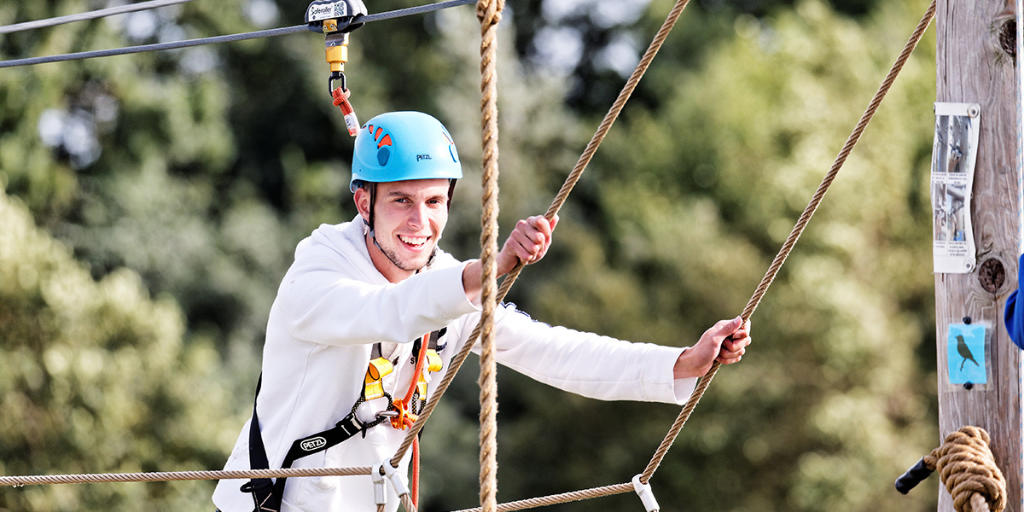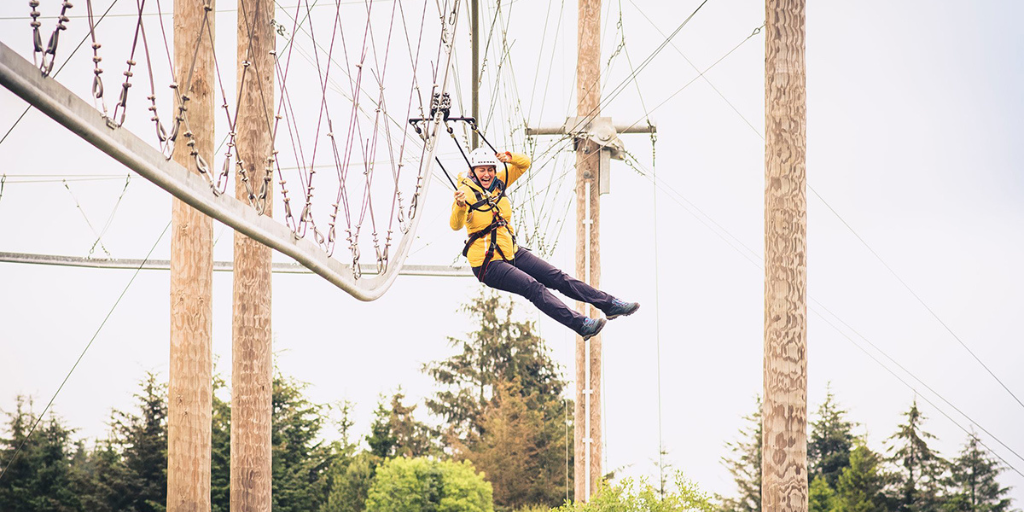
In this article, we will examine the various high ropes course belay system options, as well as their special qualities and advantages. Safety is of the utmost importance when it comes to high ropes training. These adventure courses must adhere to strict safety standards in order to be approved for use, and the European Safety Standard EN 15567 was created especially for them. Understanding the different safety systems and suppliers is essential for course owners who want to give participants a safe and satisfying experience.

Are you looking for a way to stand out from your competitors, attract more customers all year round, and significantly increase your profits? Roller Coaster Zipline (RCZ) might be the perfect solution for you! The ZipCoaster is a new innovative product in the amusement market that provides a descent using the forces of gravity on a monorail in a suspended sliding block. In this article, we'll take a closer look at what Roller Coaster Zipline is, where it can be used, and what its advantages are.

As an experienced ropes course builder, we understand the rising popularity of Aerial Adventure Parks entertaining, challenging, and valuable sources of physical activity and team-building opportunities. For entrepreneurs seeking a unique and profitable business venture, ropes course construction is a wise investment. In this article, we'll delve into the advantages and benefits of launching a ropes course business and why it might be the perfect fit for you and your community.













